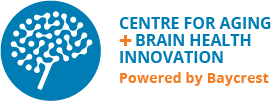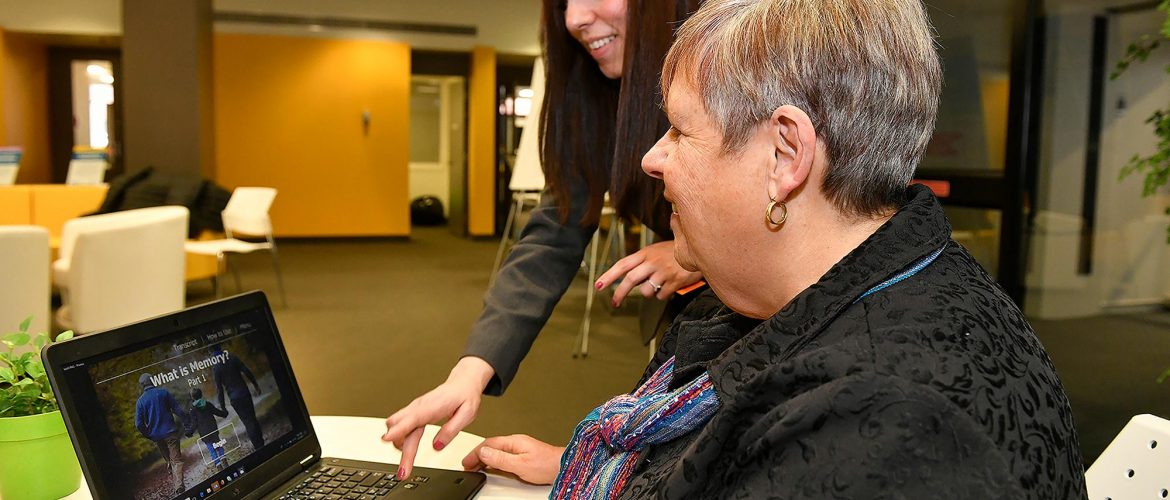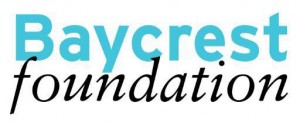Transforming a clinically validated intervention into an e-learning tool takes a lot of work. Just ask Cindy Plunkett, a project manager for CABHI’s e-Learning and Educational Technologies division. Cindy and her team work in-house at CABHI to develop and leverage e-learning opportunities for CABHI-supported projects.
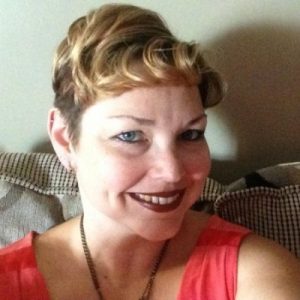
Cindy Plunkett
One of those is the Memory and Aging (MAP) program, an educational intervention for older adults dealing with age-related memory changes. The clinically validated, five-week program has been running onsite at Baycrest Health Sciences for 20 years. “It gives participants practical memory strategies that they practice during the different weeks to help them continue to have a very vibrant lifestyle,” Plunkett explains.
CABHI saw an opportunity to bring this well-researched program outside of Baycrest’s walls through e-learning, expanding its reach well beyond Toronto and into national and even international territory. The key, however, is to ensure MAP continues to have the same feel as the original in-person intervention. “We wanted to recreate the feeling of that small, 15-person discussion in the classroom in the online environment,” adds Plunkett.
To do this, Plunkett and her team have drawn on a number of interactive components, such as a polling system and a curated discussion to increase engagement.
“The face-to-face version has been rigorously tested,” she adds. “And we will be doing the same with the online version, and then doing some comparisons to see if we are getting the same gains as we were getting in the face-to-face version.”
So far, the online version of MAP has been piloted twice and a few more iterations are in the works. There has been cross-Canada representation and even some international users.
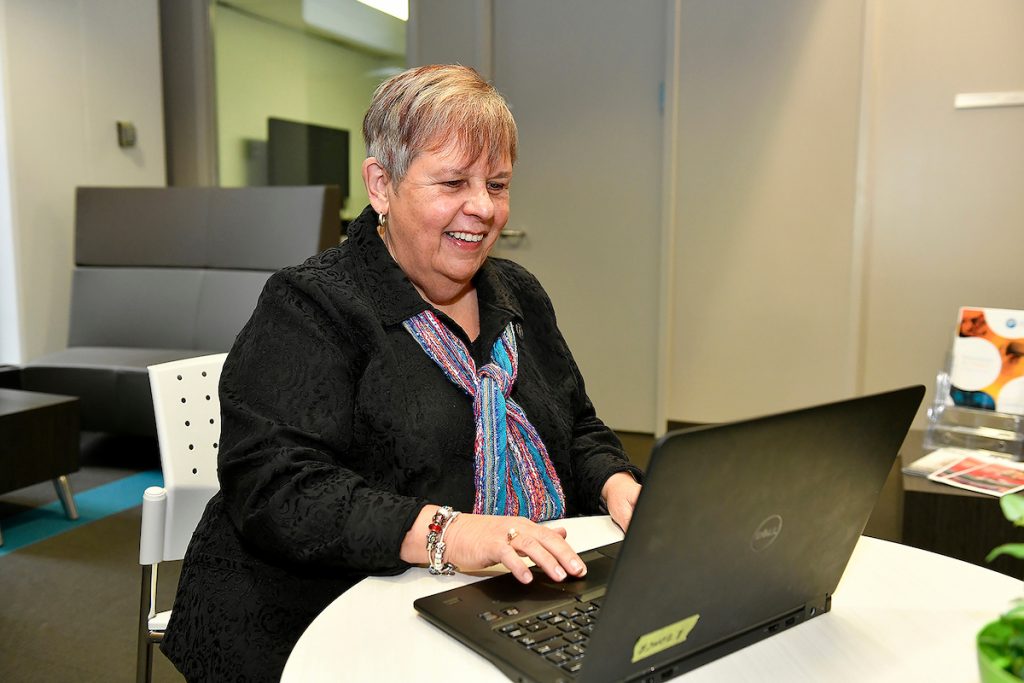
Shirley Criscione (pictured) participated in one of MAP’s pilots.
“I think because you’re doing something interactive, it keeps you more connected and engaged,” shares Shirley Criscione, a senior who participated in one of the pilots. “You’re not just sitting and listening to someone.”
She’s already recommended the program to a friend who’s starting to experience memory changes. “What I liked about it is you could do the program in your own time and your own space. You didn’t have to travel somewhere to participate in the workshop. That’s really important because as people age and want to take advantage of this program, it’s going to be easier if they can do it in their home rather than having to go somewhere in a car or take transit.”
Criscione adds that she’s still using many of the strategies she learned in the online group. “The memory program teaches you about how important it is to stay physically active, stay social and of course, mentally active as well. The relaxation strategies that are part of the program to keep yourself calm and stress free, I think all of those units are really important for people to access and try and hone.”
